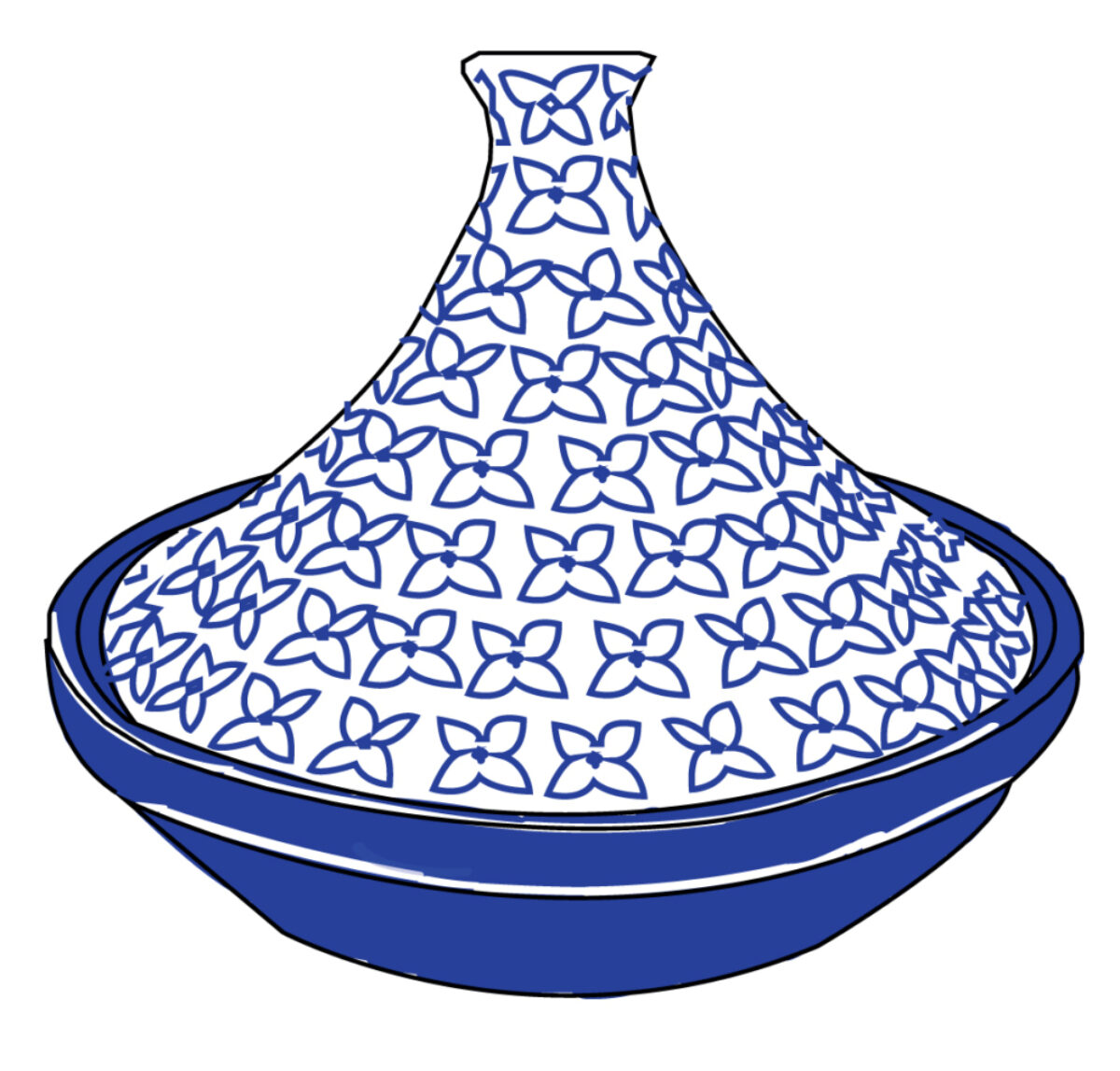Souvenirs to buy in Morocco and where to find them
Keep your eye out for these items in the Morocco's bustling souks
A key feature of Moroccan culture is its individual and traditional craftsmanship. With centuries-old souks displaying a huge range of handmade items, Morocco is a shopper’s dream, while its bartering culture offers a worthy challenge to even the savviest of buyers.
So, put on your best haggling face, take a deep breath, and immerse yourself in the souks of Morocco. Here are a few items to look out for.

An example of a Beni Ourain rug
Rugs and carpets
Moroccans have been creating rugs for thousands of years – and as far back as the Paleolithic era.
Traditionally hand-woven by the women of nomadic Berber tribes, these rugs vary in style and craft depending on the region they are produced in. The tribes of the snowy and wind-swept Atlas Mountains create thick, fluffy, heavy-pile sleeping mats and bed covers, while those living in the harsh savannah desert create flat-weave, lighter shawls and covers. Over time, the rugs evolved past purely practical means, with different geometrical designs reflecting their makers’ lives; telling their stories to future generations.
The rugs’ minimalist and handmade style caught the eye of mid-century modern designers and architects — such as Alvar Alto and Le Corbusier — and have only increased in fame since. Created by a group of tribes in the Middle Atlas, the neutral, undyed woollen Beni Ourain rugs, in particular, have proven hugely popular, with many traders seeking out original pieces in a market increasingly flooded by imitations.
Though a vintage Beni Ourain can be expensive, these rugs continue to be produced by the same tribes they once were. Seek out the villages and co-operatives of the Middle Atlas for a good deal, or ensure you are buying from a reputable carpet salesperson in the souks. Typically you will be offered mint tea — in accepting this you are agreeing to begin the process of bartering. However, as with any shopping experience in Morocco, if a salesperson becomes too aggressive feel free to walk away. Trust us – there will always be another carpet seller.

Some babouche slippers will have elaborate patterns
Babouche slippers
Among Morocco’s many crafts, the babouche slipper is perhaps one of the best examples of the country’s historic blend of Arabic, African and European influences. Its French name is actually a fusion of the Arabic word “babush” and the Persian word “papush”. Originally hailing from the Middle East, the flat, open-backed slippers became popular amongst 17th-century French courtiers, where the super-soft soles were representative of a life of luxury, and in all likelihood, limited walking.
Traditional babouches are 100% leather, while variations include a range of hand-loomed fabric uppers, decorated with embroidery, sequins, jewels and tassles. The pliable leather used for the shoes is sourced from camels, sheep, goats and cows and tanned using the same unique organic methods artisans in Morocco have used for centuries. This includes such exotic ingredients as pigeon excrement and camel urine. Don’t let this put you off though – purists maintain that the leather produced in the tanneries is of the highest quality, with bags, pouffes, jackets and belts lining the walls of every souk.
There are endless designs available. Vogue magazine even named babouches the “it shoe of the year” in 2016, so their appeal isn’t waning any time soon.

An example of a Moorish-style decorative tajine pot
Tajine pots
A tagine or tajine is a two-piece clay cooking pot used in Morocco, Tunisia and Algeria. The recipe of the same name is served with bread and devoured in huge quantities in Morocco – often eaten for both lunch and dinner – with variations including chicken, vegetable, beef and fish.
The unique shape of the tajine pot, with its fluted cone top, allows steam to be trapped in order to cook the dish slowly and evenly. Originally these would have been placed directly over an open fire, but they can now be used on any electric or gas hob. In the souk, head to the local vegetable markets or wholesale shops where there will be hundreds on display. If you’re planning on actually cooking with your tajine pot, choose either a plain or shiny red version, as the more intricate versions may crack when used. If you simply can’t resist the more colourful designs, these are best used for plating up cooked food.

Woven basket with colourful pom poms
Woven baskets
The large date palm groves of southern Morocco meant straw has long been an important part of the country’s culture, and basketweaving is considered the oldest craft in the region. Originally performed only by men, women have since become experts in the field and numerous cooperatives and associations have been formed.
Although the baskets are favoured as fashion accessories and stylish household decorations, they are also very strong and durable, traditionally used as work baskets by locals. Each basket is handmade and can take between three to eight hours to create, depending on the size and design.
The baskets are widely available in all the major cities, with different versions available depending on the region they were created in.




